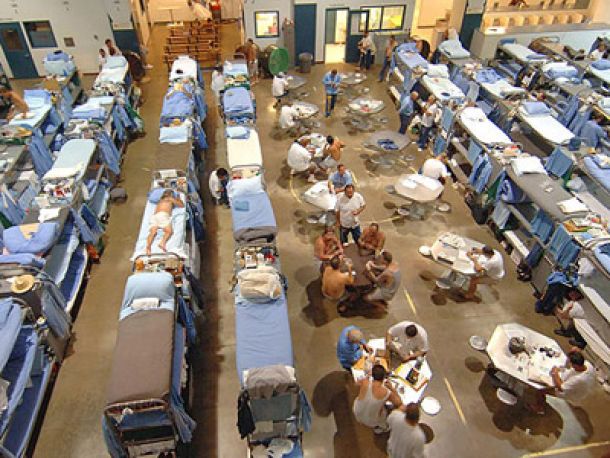News
With bleak economic forecast, some states free prisoners early
By: cnn.comPosted On: 12/17/2009 12:44 P

Tweet
The thought of her convicted attacker getting out of prison early makes Gloria Warner feel sick.







